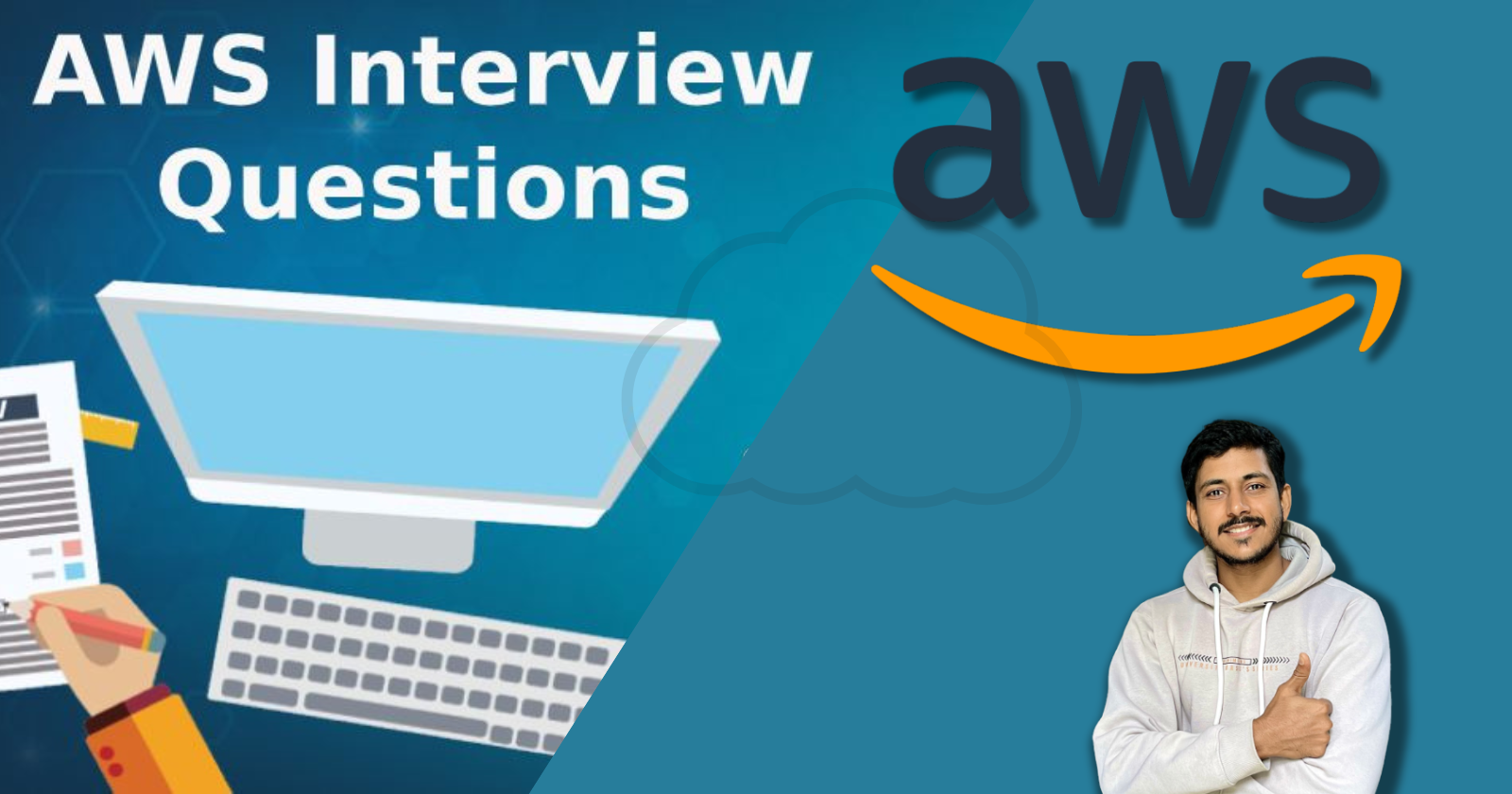Day 49 - INTERVIEW QUESTIONS ON AWS
 ANSAR SHAIK
ANSAR SHAIK
🚀Preparing for an AWS interview? Here are some key questions to brush up on:
Name 5 AWS services you have used and their use cases.
What tools do you use to send logs to the cloud environment?
Explain IAM Roles and how to create/manage them.
How do you upgrade or downgrade a system with zero downtime?
Define infrastructure as code and its implementation.
Describe load balancers and scenarios for each type.
What is CloudFormation and its purpose?
Differentiate AWS CloudFormation and Elastic Beanstalk.
Discuss cloud security attacks and mitigation strategies.
Can EC2 instances be recovered if the key is lost?
Define a gateway in the context of AWS.
Compare Amazon RDS, DynamoDB, and Redshift.
State your preference for hosting a website on S3 and justify your choice.
As we continue our DevOps journey, it's vital to hone our skills not only in DevOps practices but also in mastering AWS, a cornerstone of modern cloud infrastructure. Today, let's tackle some essential AWS interview questions and provide insights to help you excel in your next interview:
Name 5 AWS services you have used and their use cases:
Amazon EC2: Scalable virtual servers for diverse computing needs.
Amazon S3: Reliable and scalable object storage, perfect for hosting static websites or storing backups.
Amazon RDS: Managed relational databases, ideal for applications requiring structured data storage.
AWS Lambda: Serverless computing platform, enabling execution of code in response to events without managing servers.
Amazon SQS: Message queuing service, facilitating communication between distributed components in a decoupled manner.
What tools are used to send logs to the cloud environment?
Amazon CloudWatch Logs agent: Facilitates sending logs from EC2 instances.
AWS CLI: Enables manual log uploads or scripting log transfers.
Third-party services like Splunk or Loggly: Provide advanced log management and analysis capabilities.
Explain IAM Roles and how to create/manage them:
IAM Roles define permissions for entities to access AWS resources securely.
Create/manage roles via AWS Management Console, CLI, or API.
Associate roles with users, groups, or AWS services to grant necessary permissions.
How to upgrade or downgrade a system with zero downtime?
Implement blue-green deployments or canary releases.
Deploy updated system in parallel with existing one.
Gradually shift traffic to new version while monitoring for issues.
What is infrastructure as code and how do you use it?
Infrastructure as Code (IaC) manages infrastructure through code instead of manual processes.
Use tools like AWS CloudFormation or Terraform to define, provision, and manage infrastructure resources using declarative templates.
Define a load balancer and give scenarios of each kind based on your experience:
Application Load Balancer (ALB): Routes HTTP/HTTPS traffic to different targets based on content.
Network Load Balancer (NLB): Handles TCP/UDP traffic with ultra-low latency and high throughput.
Classic Load Balancer: Distributes incoming application or network traffic across multiple targets.
What is CloudFormation and why is it used for?
AWS CloudFormation automates provisioning and management of AWS resources.
Define infrastructure in code and provision it in a repeatable, predictable manner.
Difference between AWS CloudFormation and AWS Elastic Beanstalk?
- CloudFormation automates provisioning of a full stack of AWS resources, while Elastic Beanstalk is a Platform as a Service (PaaS) offering that abstracts deployment and management of applications.
What are the kinds of security attacks that can occur on the cloud? And how can we minimize them?
Common attacks include DDoS, data breaches, and unauthorized access.
Mitigation strategies involve implementing strong IAM policies, encryption, network security measures, and regular security audits.
Can we recover the EC2 instance when we have lost the key?
- Yes, EC2 instances can be recovered if the key is lost by creating a new key pair and attaching it to the instance through the AWS Management Console or CLI.
What is a gateway?
- In the context of AWS, a gateway serves as an entry or exit point for network traffic between different networks or systems.
What is the difference between Amazon RDS, DynamoDB, and Redshift?
- Amazon RDS is a managed relational database service, DynamoDB is a fully managed NoSQL database service, and Redshift is a fully managed data warehousing service.
Do you prefer to host a website on S3? What's the reason if your answer is either yes or no?
- (Provide your preference and justification based on scalability, cost-effectiveness, ease of maintenance, etc.)
Mastering these AWS interview questions will not only enhance your knowledge but also boost your confidence in interviews. Keep pushing forward in your #90DaysOfDevOps journey! Stay tuned for more insights and tips. Let's conquer DevOps together! 💪 #AWSInterview #DevOps #CloudComputing #CareerDevelopment
Subscribe to my newsletter
Read articles from ANSAR SHAIK directly inside your inbox. Subscribe to the newsletter, and don't miss out.
Written by

ANSAR SHAIK
ANSAR SHAIK
AWS DevOps Engineer